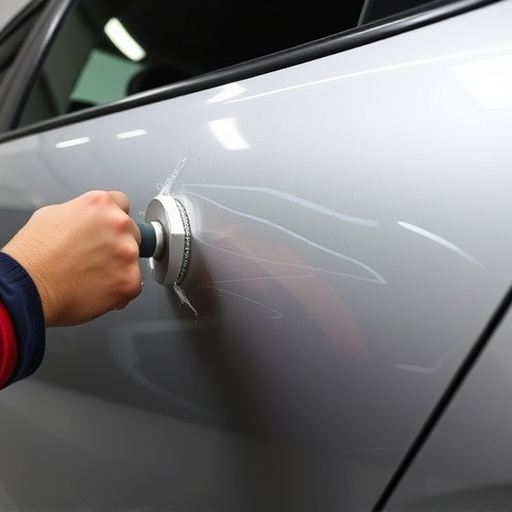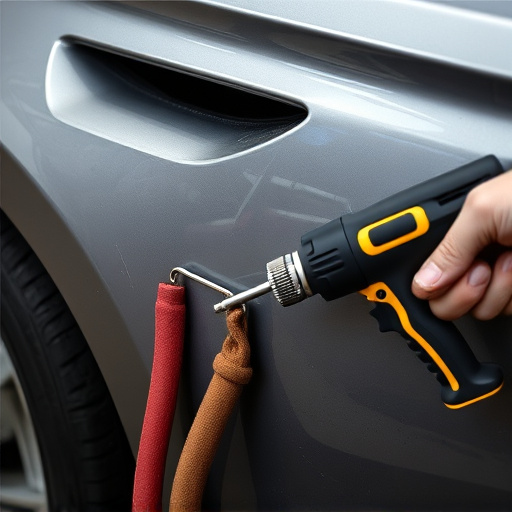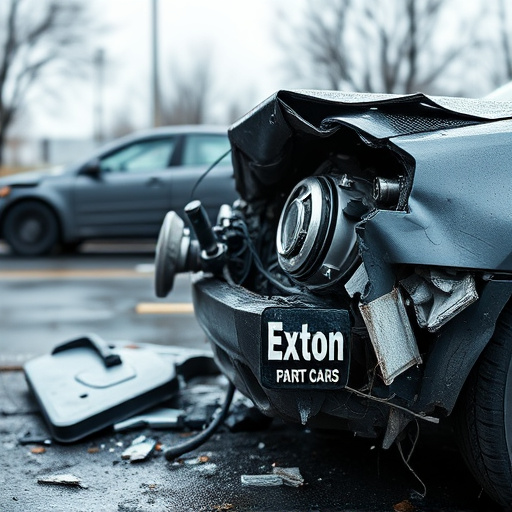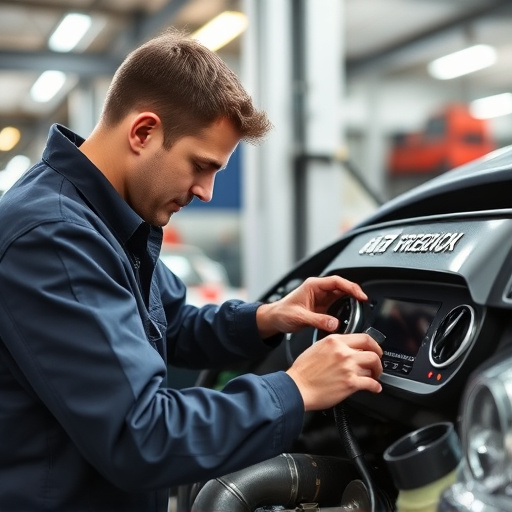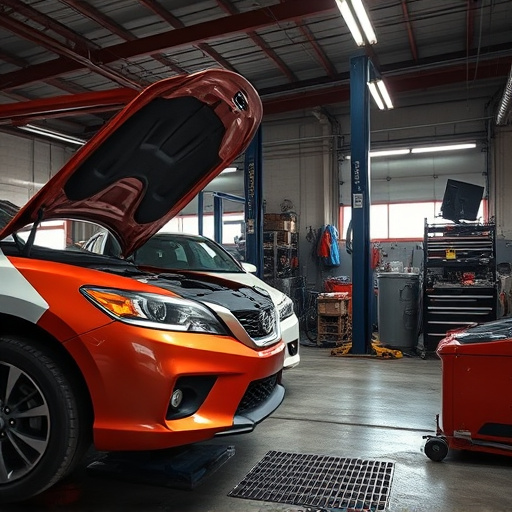After a car crash, recognize signs of battery issues like dim lights and difficulty starting. Internal damage from collision may cause corrosion or reduced charging capacity requiring prompt battery replacement at a reputable collision center to prevent complete failure. Assess structural damage, especially to the battery, as even minor accidents can lead to starting problems or abnormal electrical systems. Look for symptoms like slow wipers and lack of power to accessories, prioritize prompt replacement with proper safety precautions, and seek professional assistance for optimal vehicle performance and safety post-crash.
After a vehicle crash, recognizing the symptoms of a failing battery is crucial. This not only ensures safety but also prevents being stranded. This article guides you through identifying common battery failure signs post-crash and prepares you for necessary actions. Learn how to assess your situation, handle replacement safely, and install a new battery securely. Remember, timely intervention can be a game changer, so stay alert and be prepared for battery replacement after a crash event.
- Recognizing Common Battery Failure Symptoms
- Post-Crash: Assess and Prepare for Replacement
- Safe Handling and Installation of New Batteries
Recognizing Common Battery Failure Symptoms

After a car crash, it’s crucial to recognize potential signs of a failing battery, as this could indicate the need for a battery replacement after crash events. Common symptoms include dimming or flickering lights, difficulty starting the vehicle, and slow engine cranking. If you notice your car’s electrical systems functioning erratically or with reduced power, these might be early warning signs.
A collision can cause internal damage to the battery, affecting its ability to hold a charge or deliver adequate current. In an automotive restoration context, especially after a severe car collision repair, it’s essential to inspect the battery for any visible damage, corrosion, or leaks. If left unattended, these issues could lead to complete battery failure, requiring a trip to a reputable collision repair center for a suitable replacement and expert car collision repair services.
Post-Crash: Assess and Prepare for Replacement
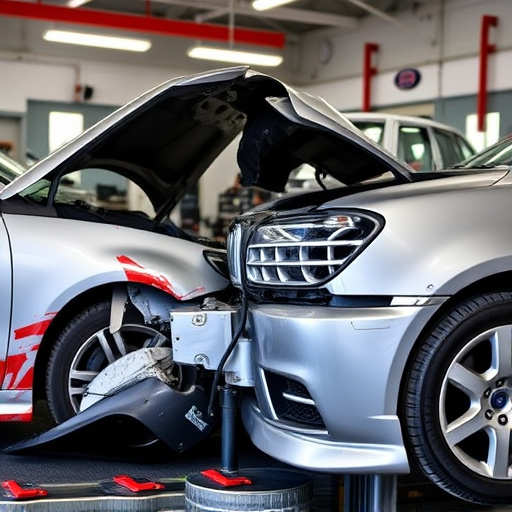
After a crash, it’s crucial to assess the vehicle for any structural damage, especially if the collision was severe. One key component to inspect is the battery, as it can be vulnerable during a crash event. Even minor accidents might cause internal damage or loose connections, leading to symptoms like difficulty starting the car or an abnormal electrical system. If you suspect your battery has been affected, don’t delay; immediate attention is vital for preventing further complications.
In such situations, preparing for a battery replacement is essential. Visit a reputable car body shop that offers hail damage repair services if needed, and get a professional opinion on the state of your battery. They can perform tests to confirm any issues and guide you through the replacement process, ensuring a safe and reliable solution. Remember, a well-maintained battery is critical for the overall performance and safety of your vehicle post-crash.
Safe Handling and Installation of New Batteries
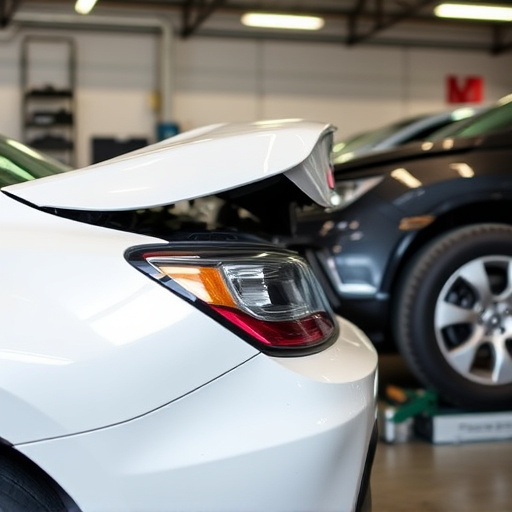
After a crash, it’s crucial to recognize the potential symptoms of a failing battery, as replacing it promptly is essential for both safety and reliability. One clear sign is difficulty starting the vehicle or an engine that struggles to turn over. This could be accompanied by dim lights, slow windshield wipers, or a lack of power to accessories like radio and heating systems. If these issues arise, especially after a collision, it’s vital to prioritize battery replacement as part of your auto maintenance routine.
When handling and installing new batteries, safety must always be the top priority. Wear protective gloves and eyewear, as batteries contain corrosive fluids and can pose a hazard. Ensure proper ventilation in the work area. For those with limited automotive body work skills, it’s recommended to seek professional assistance for battery replacement. Many tire services offer this service, ensuring the new battery is correctly installed and maintained for optimal performance, which is crucial for your vehicle’s overall safety and efficiency.
After a crash event, recognizing the symptoms of a failing battery is crucial for your safety. By understanding common failure signs, you can swiftly assess the situation and prepare for a potentially necessary battery replacement. When handling and installing new batteries, prioritize safety to ensure a seamless transition and avoid further complications. Remember, prompt action regarding battery maintenance post-crash can be a game-changer in keeping your vehicle operational and secure.

